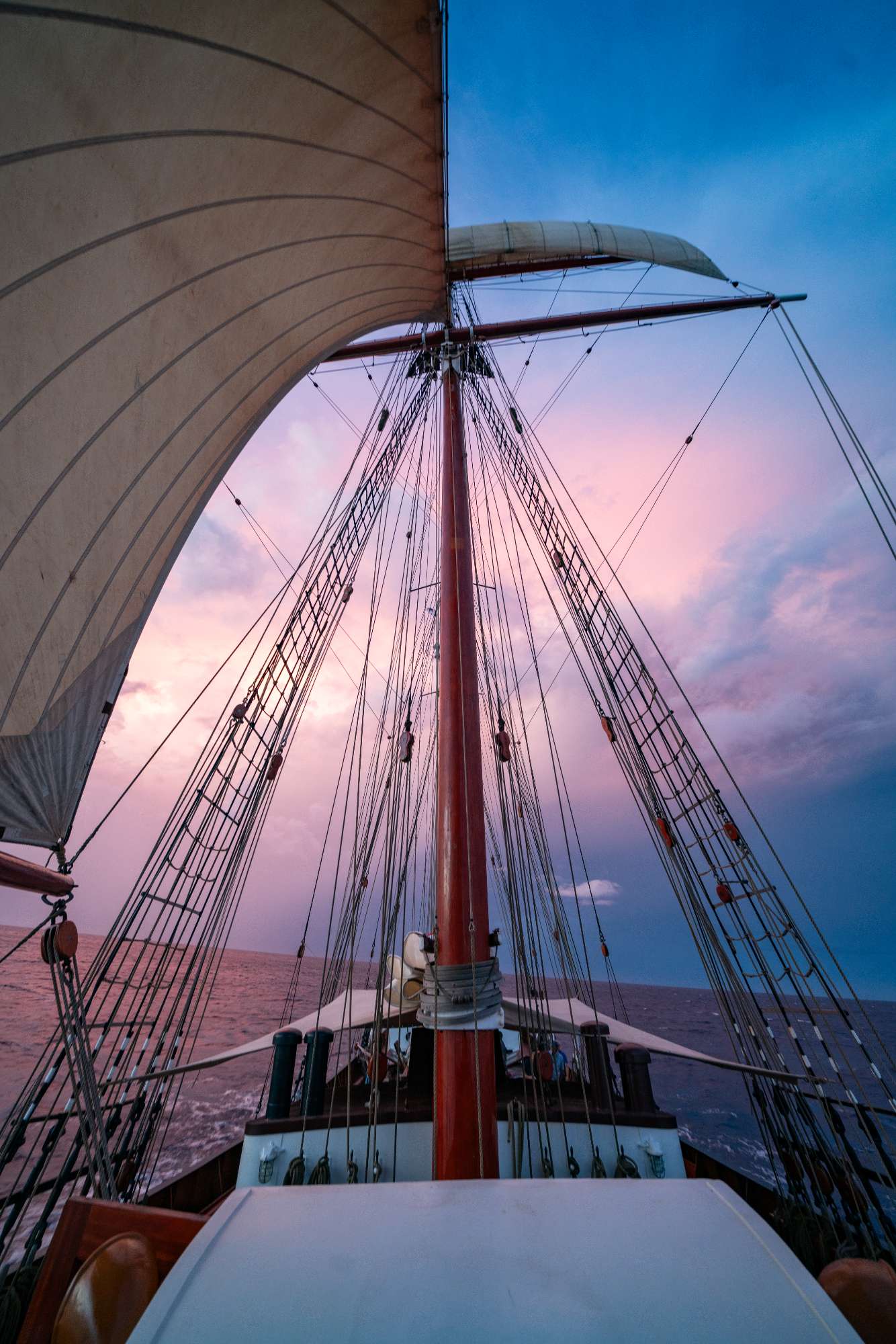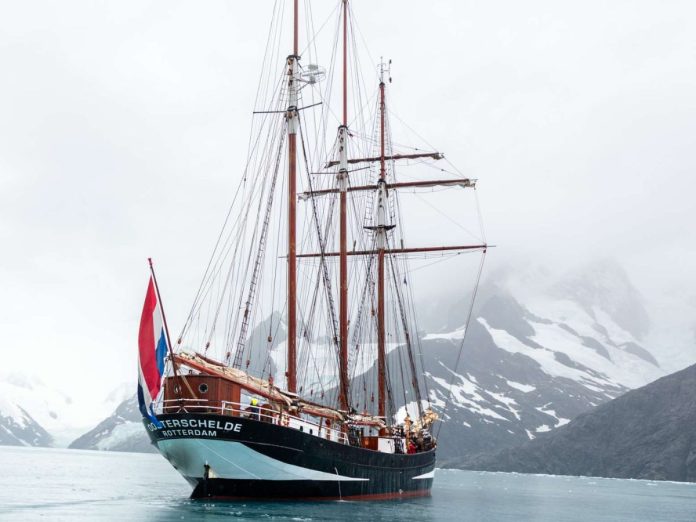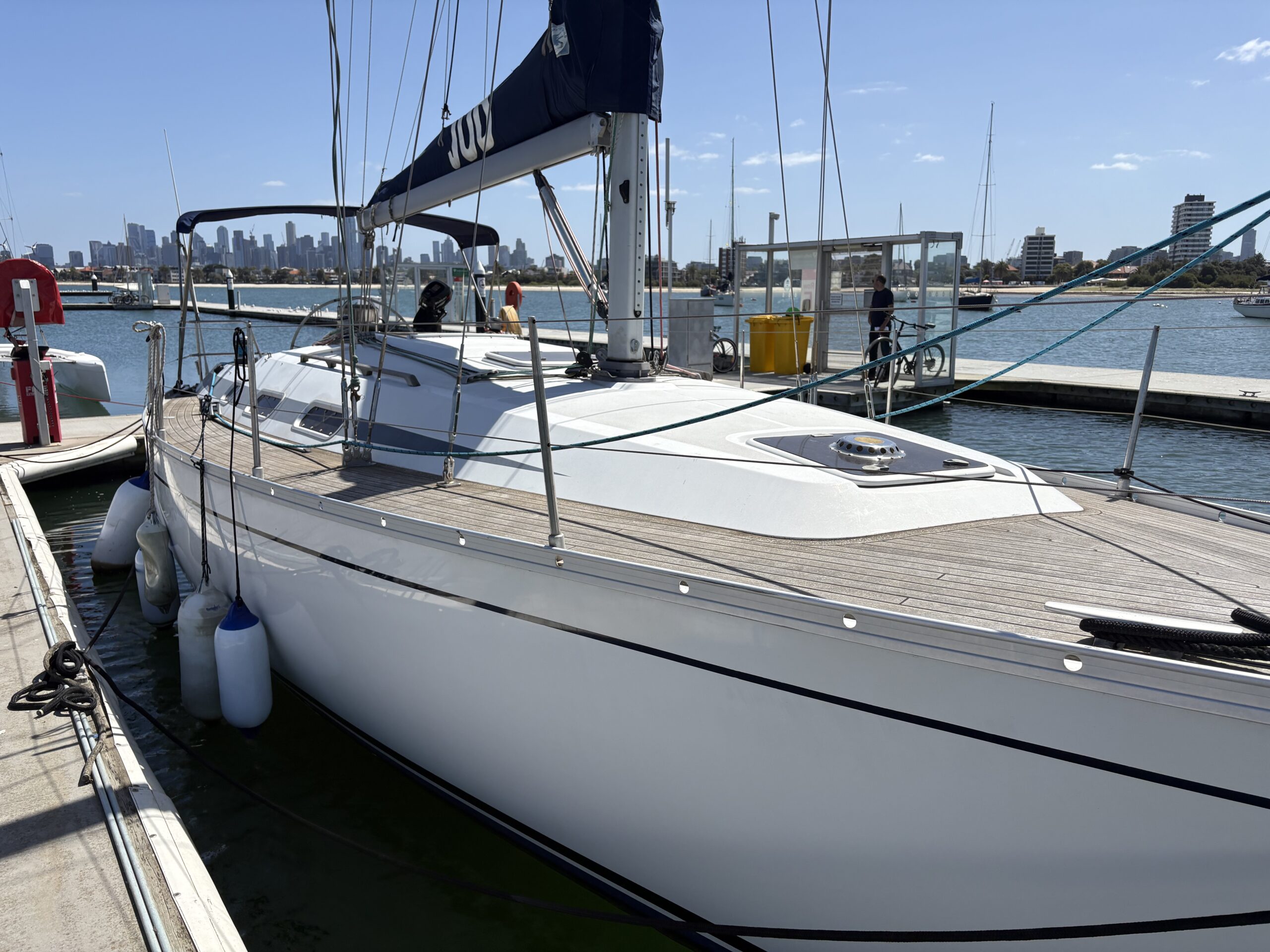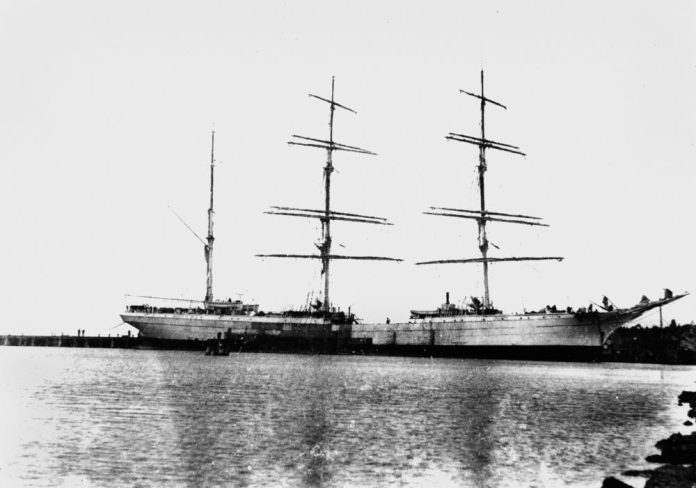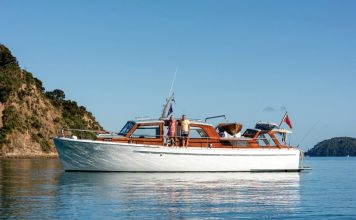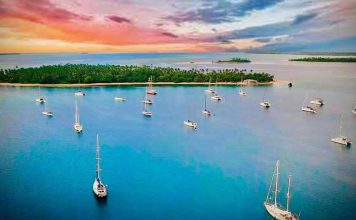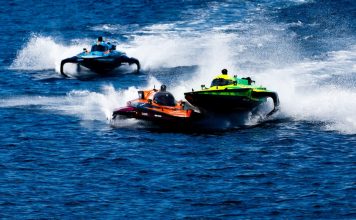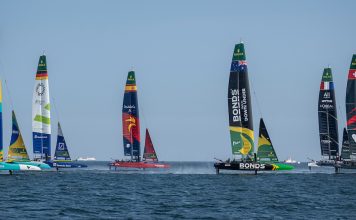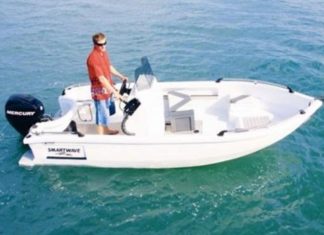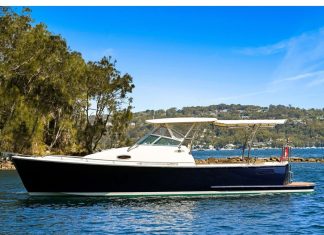A mind shaped by books and oceans
Charles Darwin was not just a traveller. He was a voracious reader, a meticulous thinker, and a man deeply connected to the world around him. A new project from Darwin Online has brought his complete library back to life for the first time since his death in 1882. This digital collection of more than 13,000 volumes reveals a scientist steeped in global literature, scientific journals, and cross-cultural insights. It includes everything from early works on evolution and geology to fiction, philosophy, art and travel writing.
As a young man, Darwin taught himself languages to read French, German, Spanish and Latin texts. His hunger for knowledge matched the physical intensity of his five-year voyage aboard HMS Beagle, where he collected specimens and ideas that would later challenge scientific orthodoxy. His fieldwork and his library worked in concert. Each helped him understand species variation, extinction, human behaviour and the planet’s evolving story.
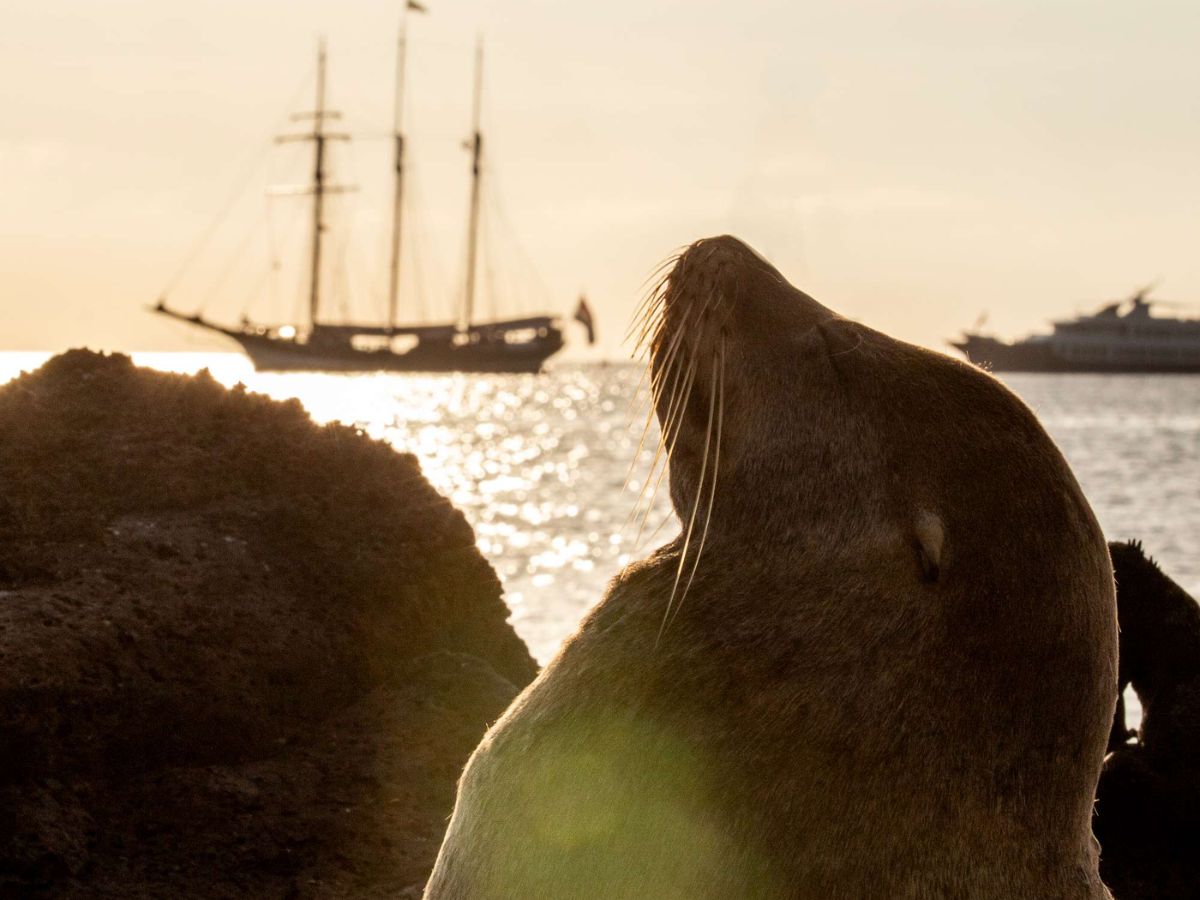
A new voyage in an old wake
In 2023, the Dutch three-masted schooner Oosterschelde set sail from Plymouth with a mission to honour and extend Darwin’s legacy. The DARWIN200 Global Voyage was more than a tribute. It was a working expedition training young conservationists while retracing the route of HMS Beagle.
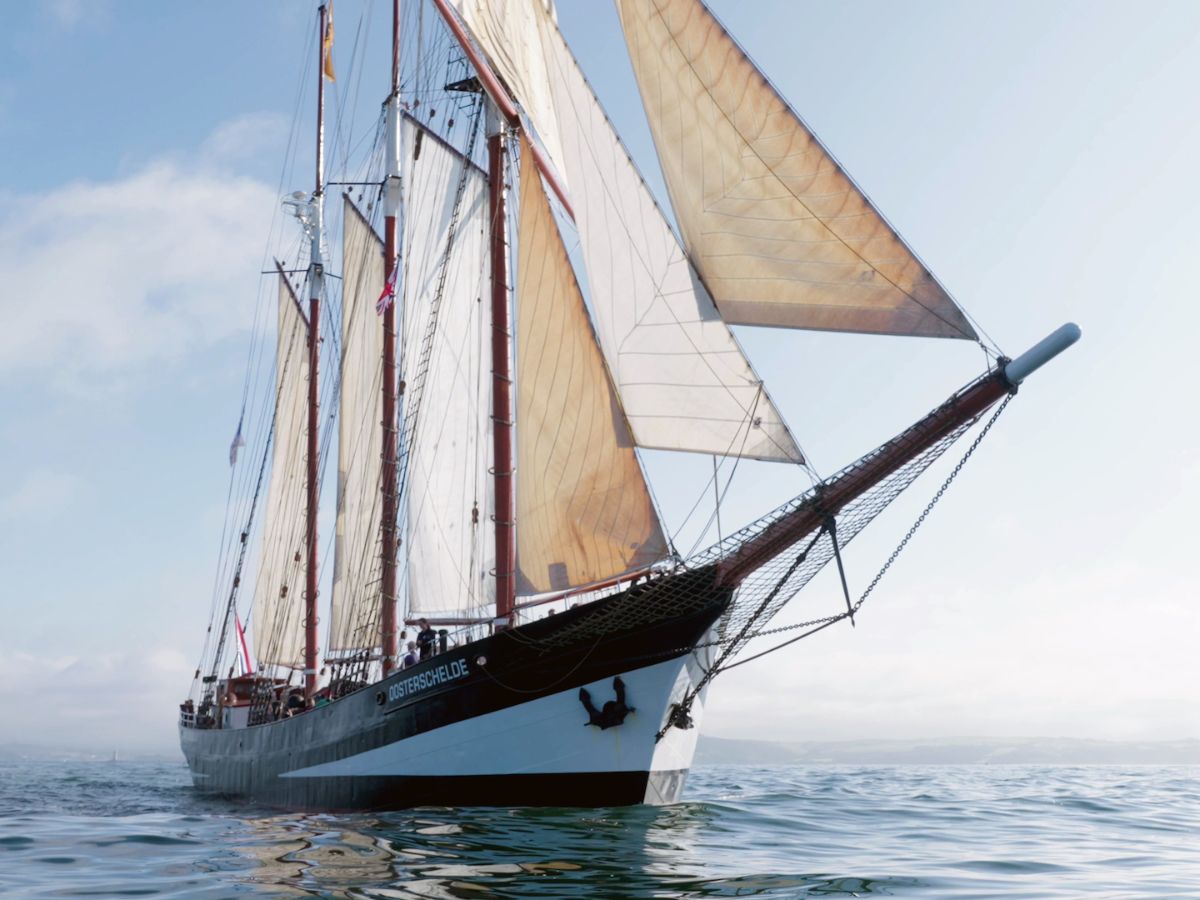
The ship travelled over 43,000 nautical miles, called at 31 ports, and worked in partnership with local organisations across 20 countries. Unlike the Beagle, Oosterschelde was a civilian cargo vessel built in 1918, later restored and repurposed for education. She became a floating classroom, research station, and platform for action.
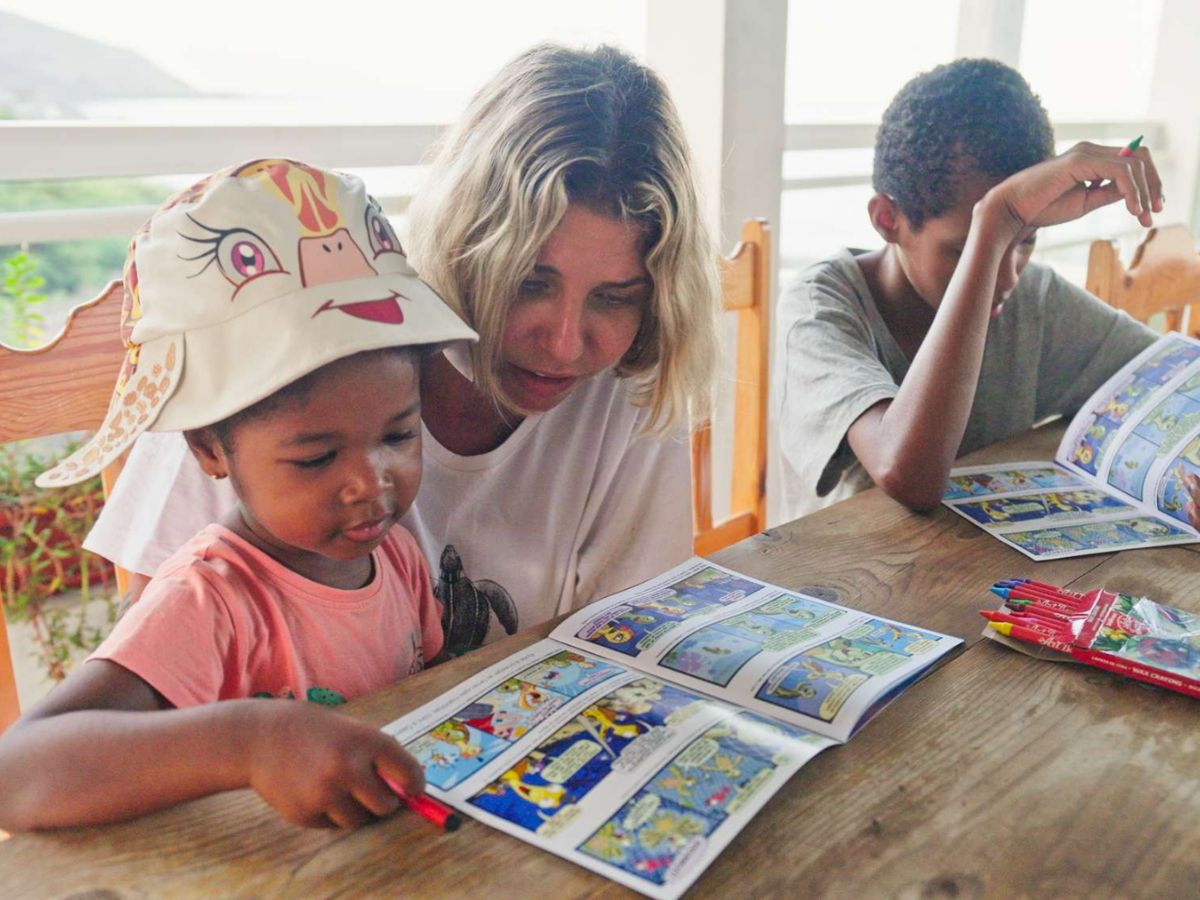
Port by port: Oosterschelde’s journey
Each leg of the voyage echoed an element of Darwin’s original route while anchoring in 21st-century challenges. The journey began in Cape Verde, moved along the Brazilian coast, explored Argentina and the Falklands, crossed to Chile and the Galápagos, and continued through Rapa Nui, New Zealand, and Australia. Later legs included Indian Ocean outposts like Mauritius and Reunion, and Atlantic stops at Cape Town, St Helena and the Azores.
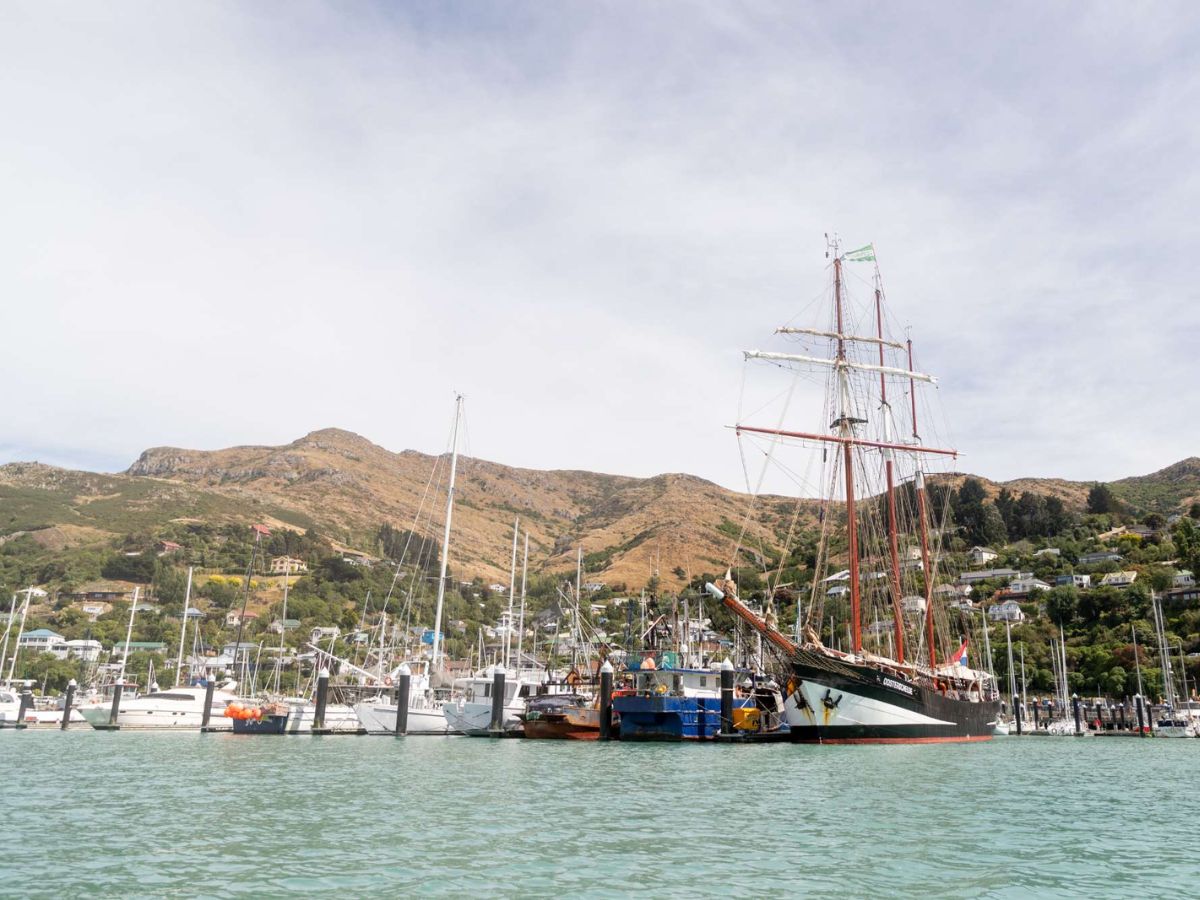
Conservation efforts reflected the local environment:
- In Brazil, teams worked to protect the Atlantic rainforest
- In the Falklands, seabirds and marine mammals were studied
- In the Galápagos, Darwin Leaders focused on turtles and invasive species
- On Rapa Nui, a newly discovered marine cricket became a symbol of the voyage
- In Australia, projects included coastal restoration and indigenous engagement
Unpredictable weather in the Pacific delayed plans. Technical problems off South America tested the crew. Yet the expedition maintained momentum, aided by public livestreams and local partnerships.
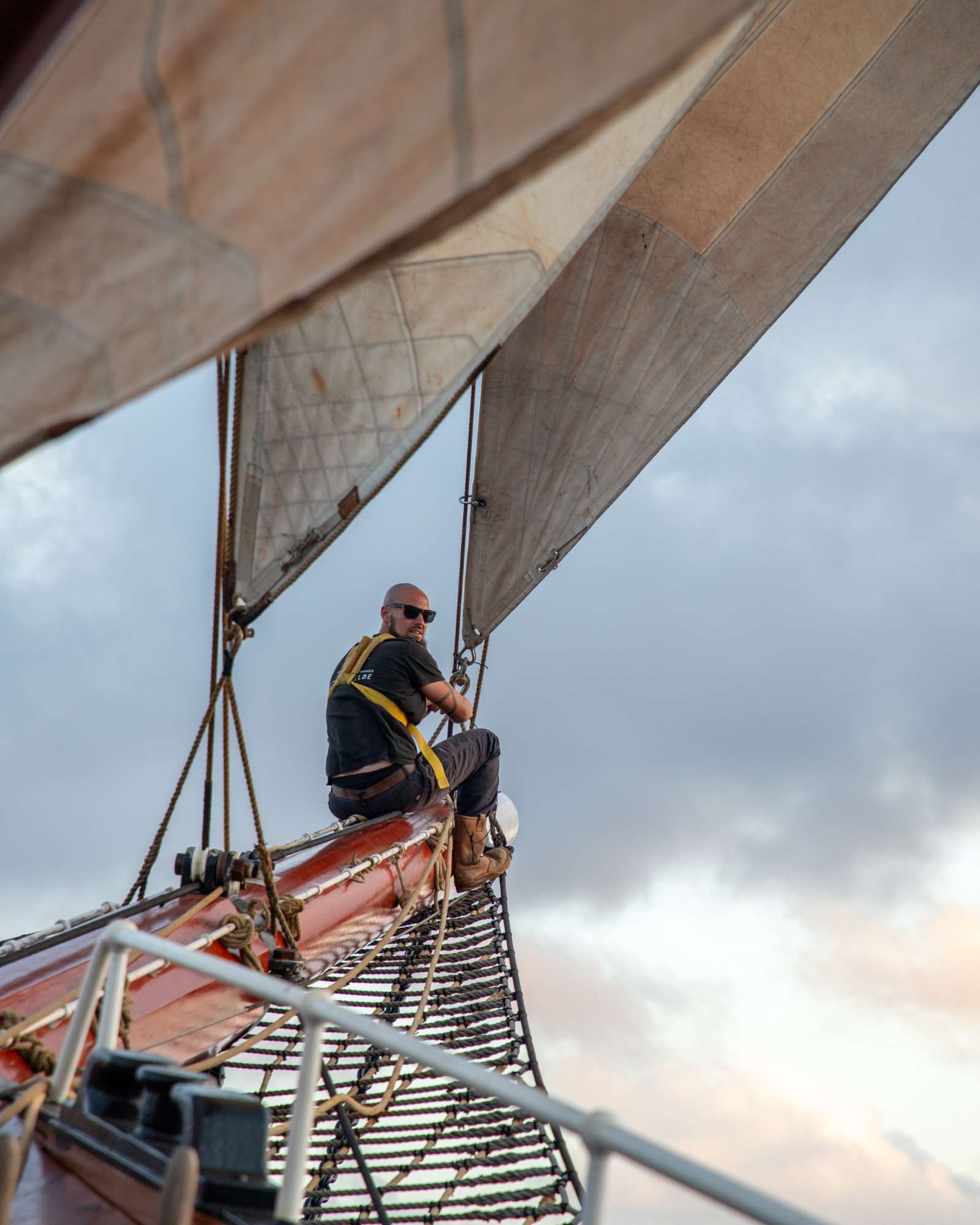
HMS Beagle and the original mission
HMS Beagle was a 10-gun brig-sloop of the Royal Navy, refitted in 1831 for hydrographic survey work. Her second voyage became her most famous, launching a 22-year-old Darwin on a journey that would reshape science. The Beagle’s route was extensive: the South American coast, Tierra del Fuego, the Andes, the Galápagos, Tahiti, New Zealand, Australia, Cocos Islands, Mauritius, Cape Town, and back to England via the Atlantic.
Darwin collected beetles in Brazil, rode through the Pampas of Argentina, and witnessed earthquakes in Chile. He saw volcanoes, coral reefs and finches, and questioned every pattern he observed. Each port added evidence. Each observation refined his thinking.
Education through experience
Aboard Oosterschelde, that same spirit of exploration was passed to the next generation. More than 100 Darwin Leaders — young people aged 18 to 25 from 45 countries — joined the voyage for training. They engaged in species monitoring, fieldwork, science communication, and collaboration with local communities.
More than 600 guest crew also sailed short legs of the journey, bringing wider public participation. The initiative’s weekly livestream, dubbed “The World’s Most Exciting Classroom,” reached thousands of schools and whānau across continents.
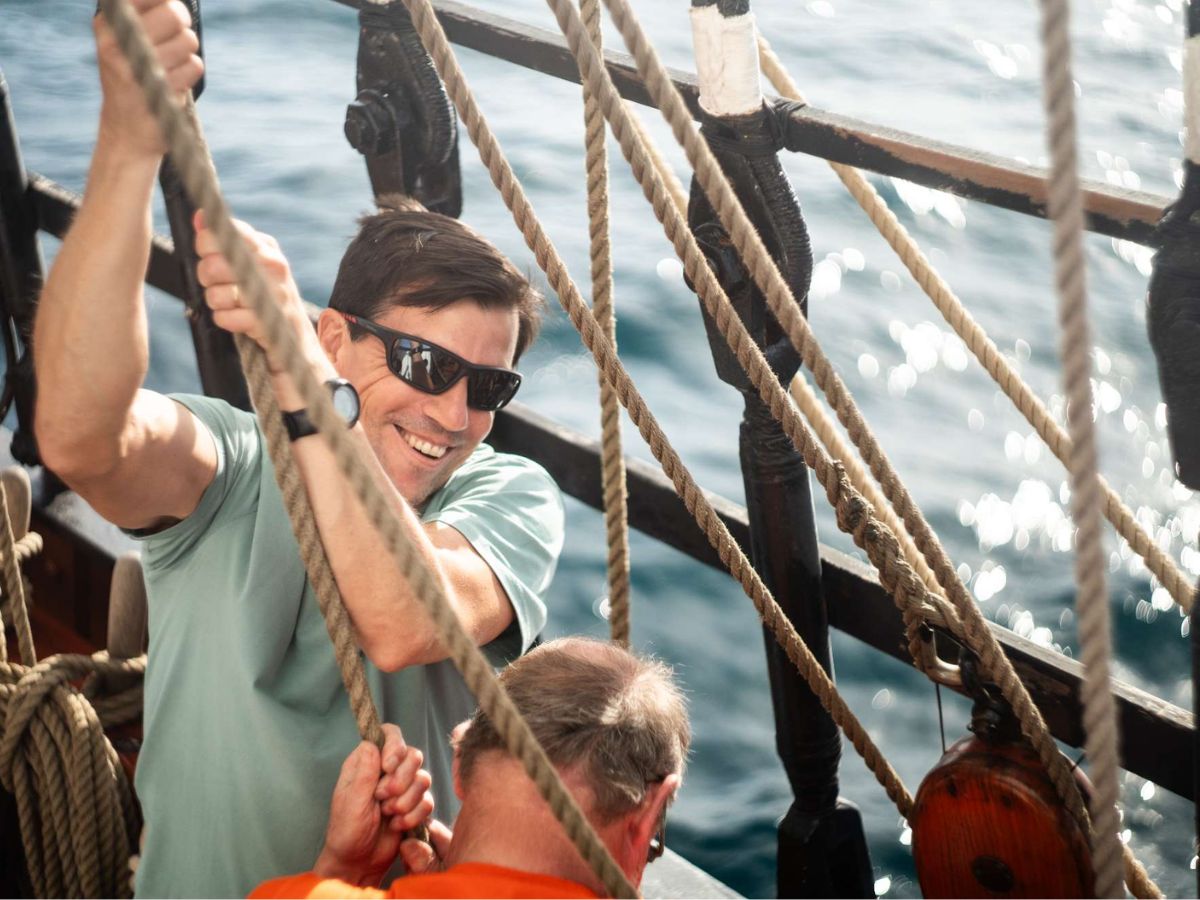
London, Falmouth and full circle
When Oosterschelde returned to Falmouth — just as HMS Beagle had done in 1836 — she was met by a crowd of supporters, families, scientists and children. Dr Sarah Darwin, great-great-granddaughter of Charles Darwin, called the moment “deeply moving.”
“Curiosity, compassion and connection to the natural world is at the heart of DARWIN200,” she said.
The final sail brought the ship up the Thames to London. HRH The Duke of Edinburgh welcomed the crew aboard at Tower Bridge Quay. A rare first edition of On the Origin of Species was displayed alongside a sculpture made entirely from ocean plastic.
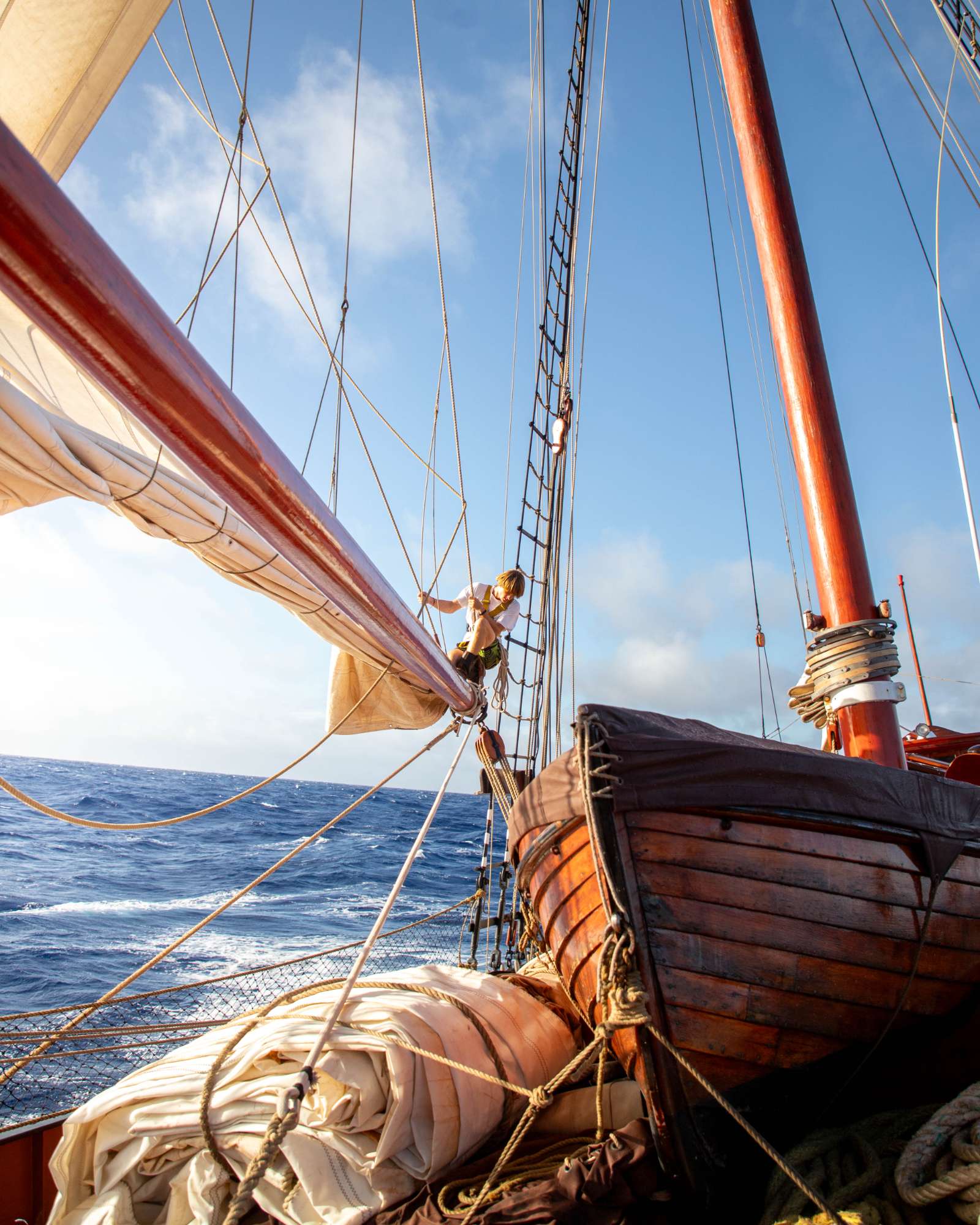
A tale of two ships
Though separated by nearly two centuries, HMS Beagle and Oosterschelde served the same purpose: exploration, education, and awakening.
Beagle was compact and naval, adapted for survey work. Oosterschelde is larger and built for trade, but now transformed into a modern tool for conservation. Both travelled far from home, carried keen minds, and shaped future ideas.
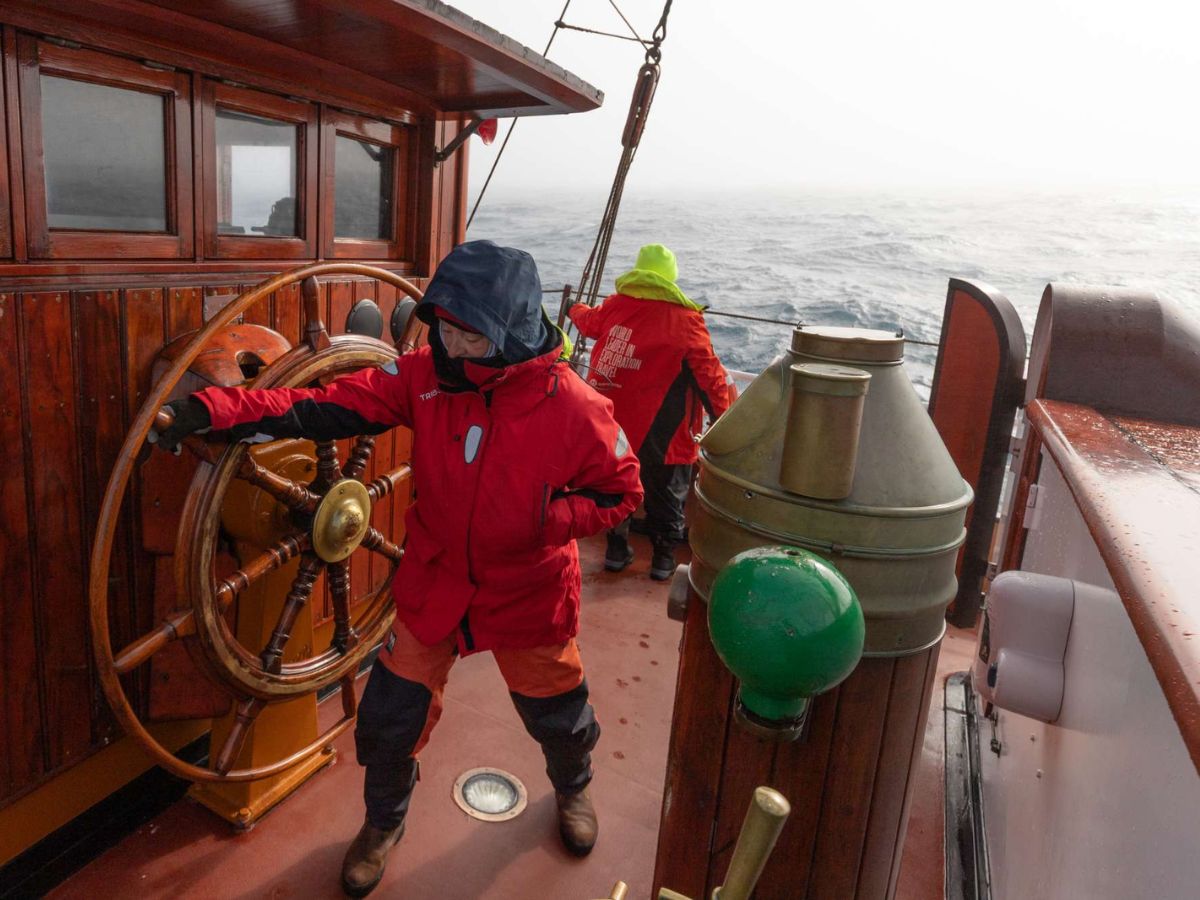
Legacy under sail
DARWIN200 asked one question: how do we prepare the next generation to protect the planet? The answer came not just in data or discovery, but in relationships, resilience, and renewal.
The sails are furled, but the impact continues. Darwin’s words, his field notes, and his massive reconstructed library now share space with the voices of a new generation — one ready to keep sailing toward solutions.
